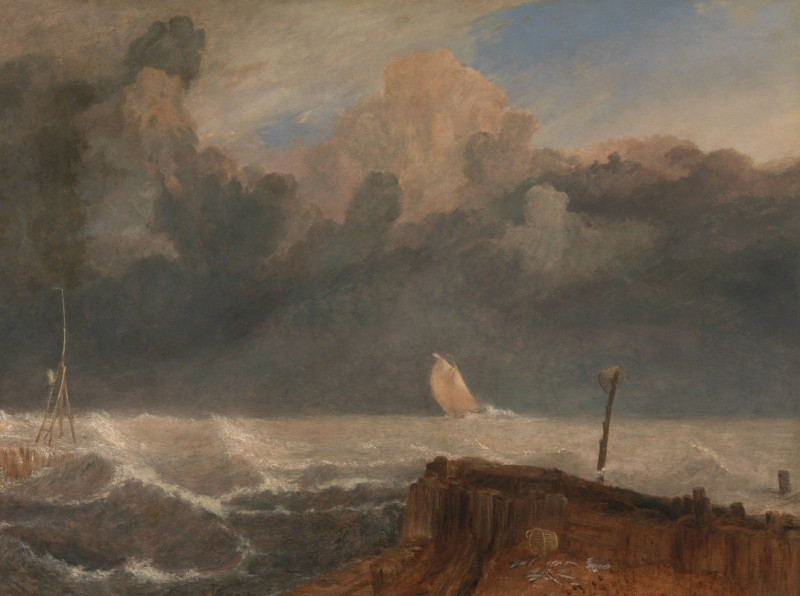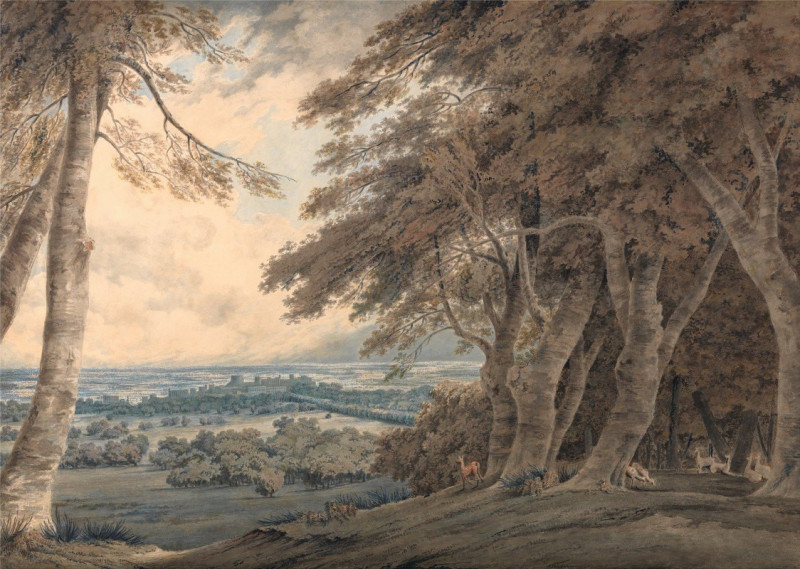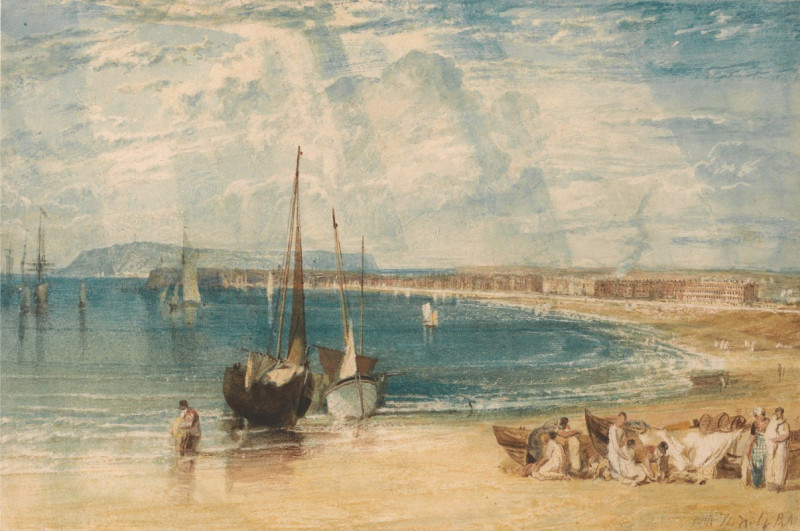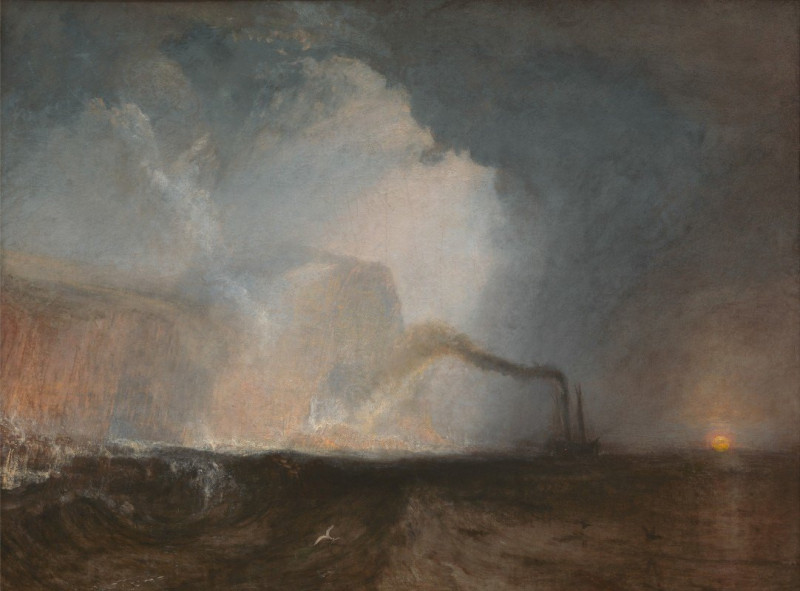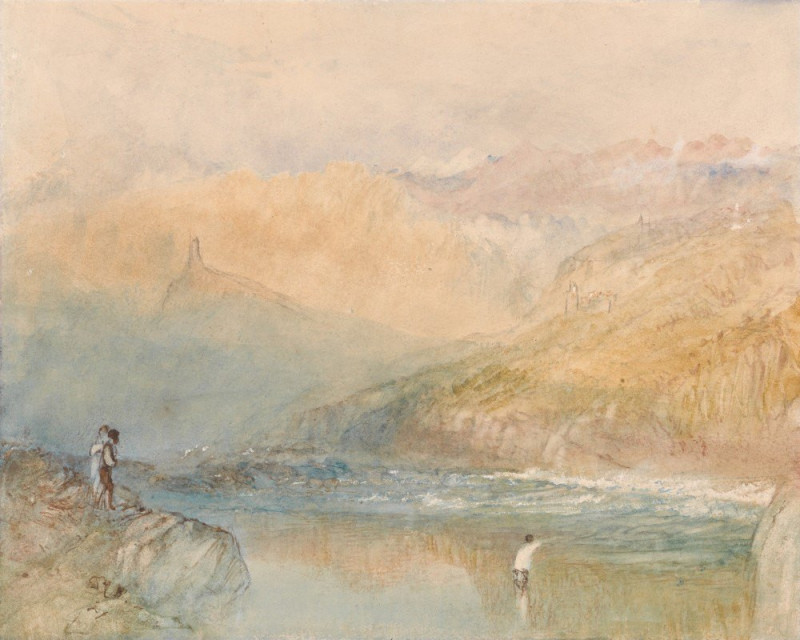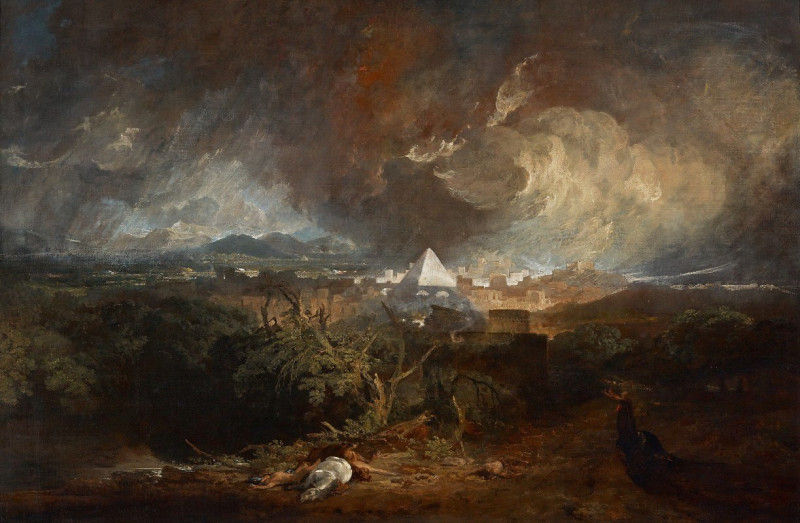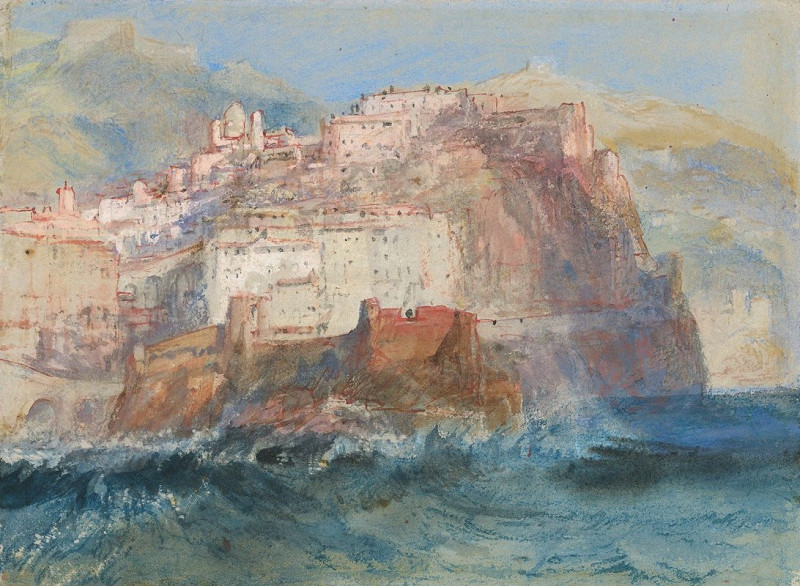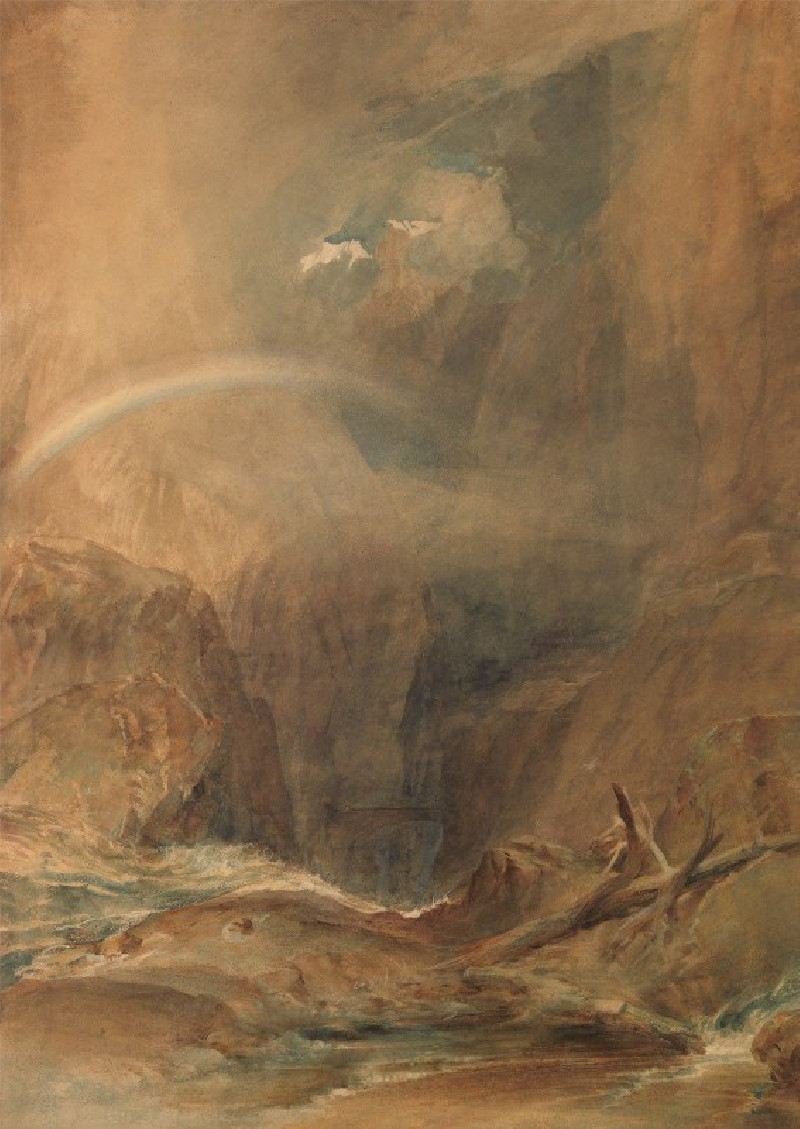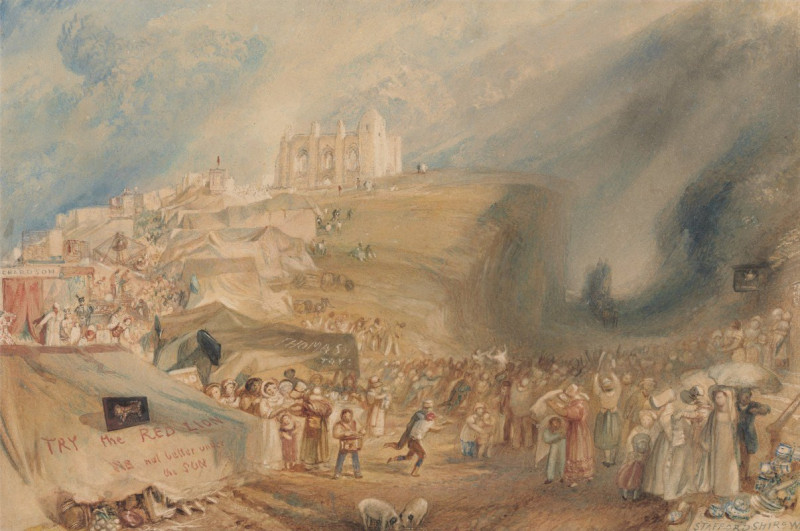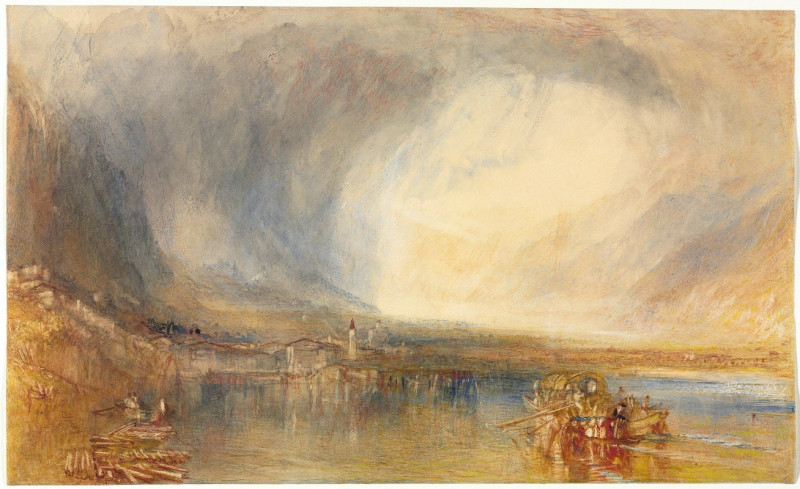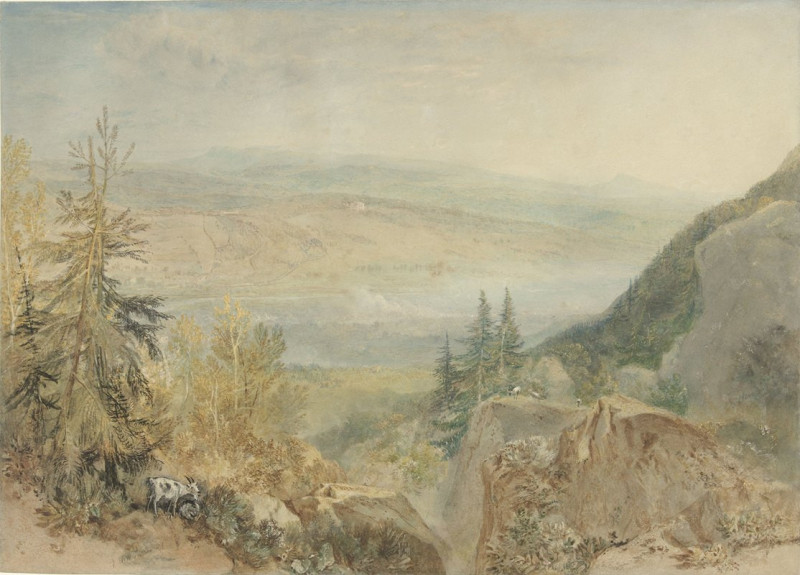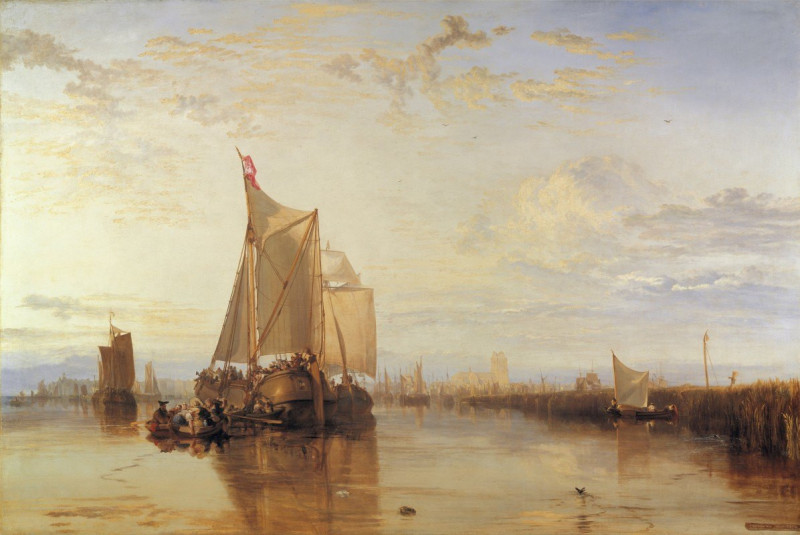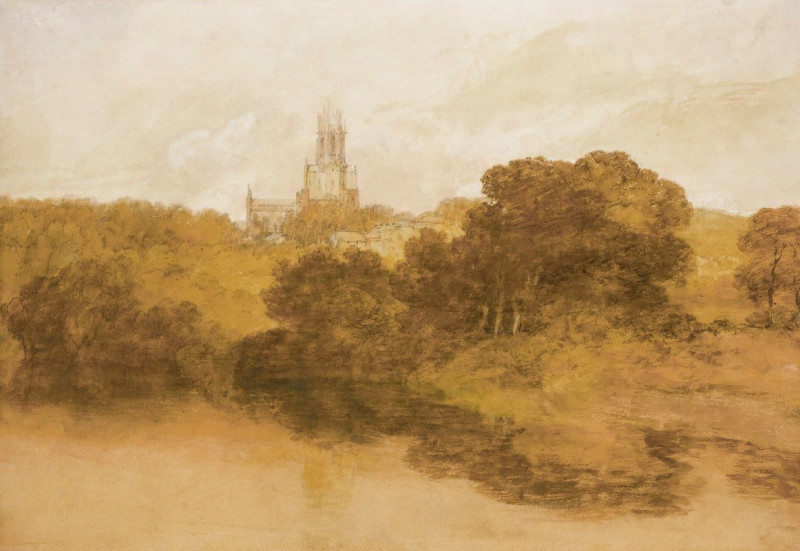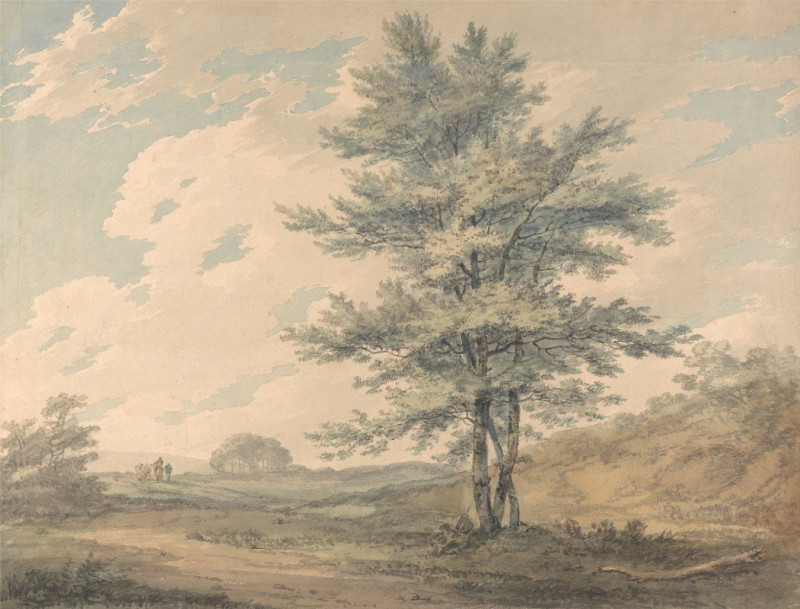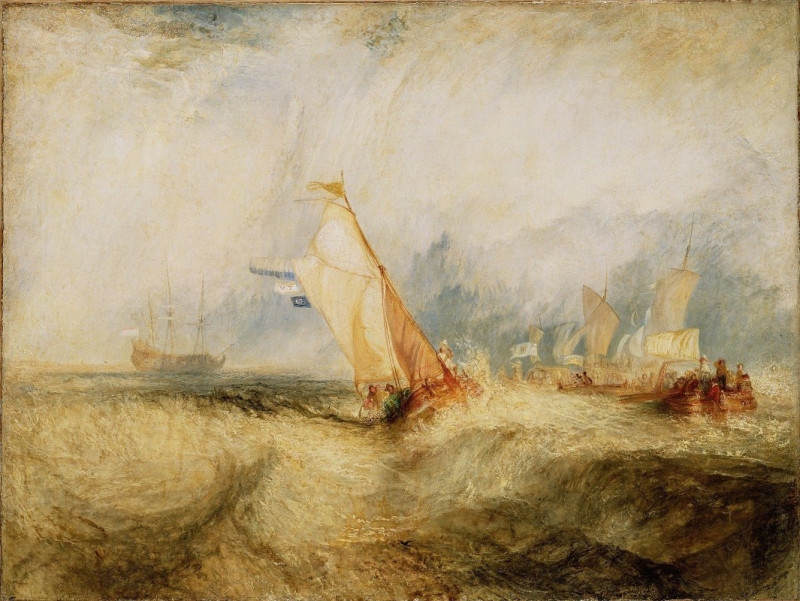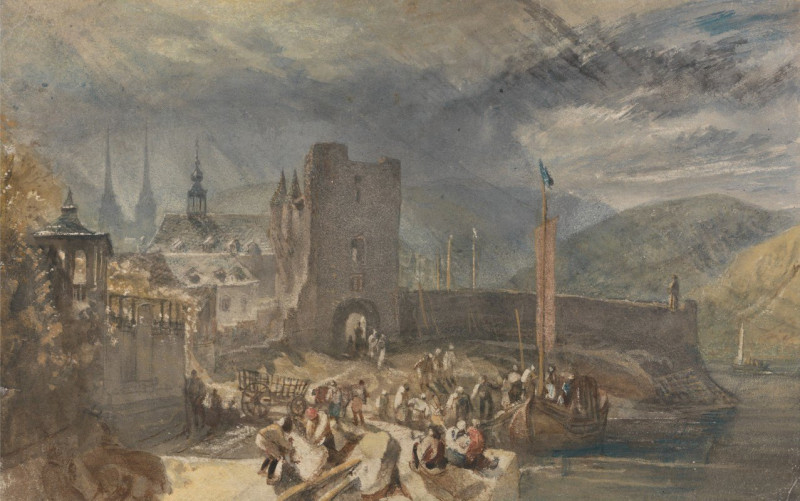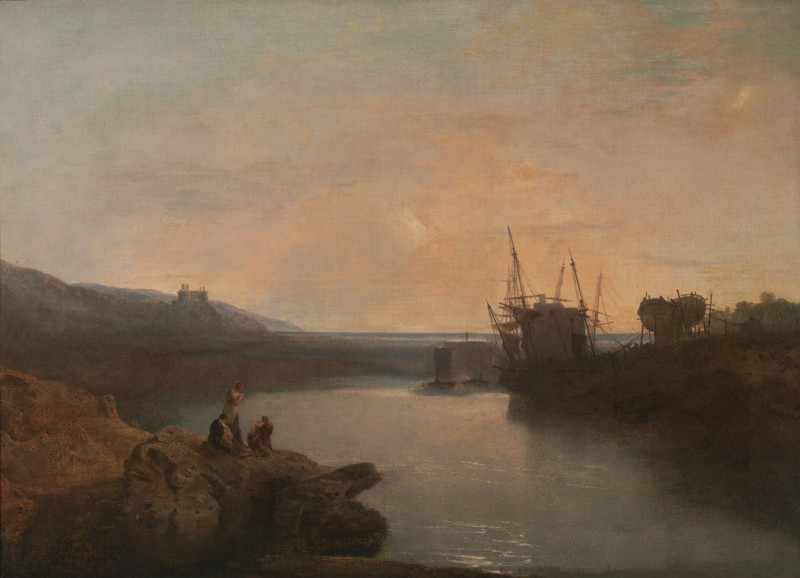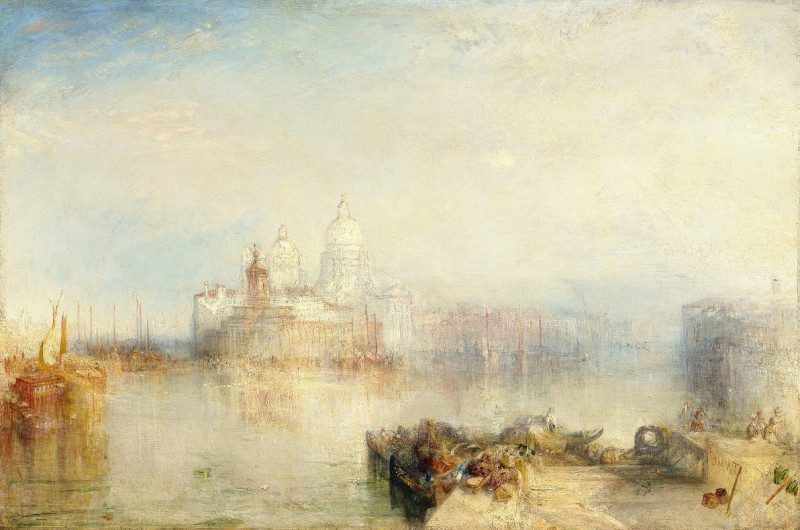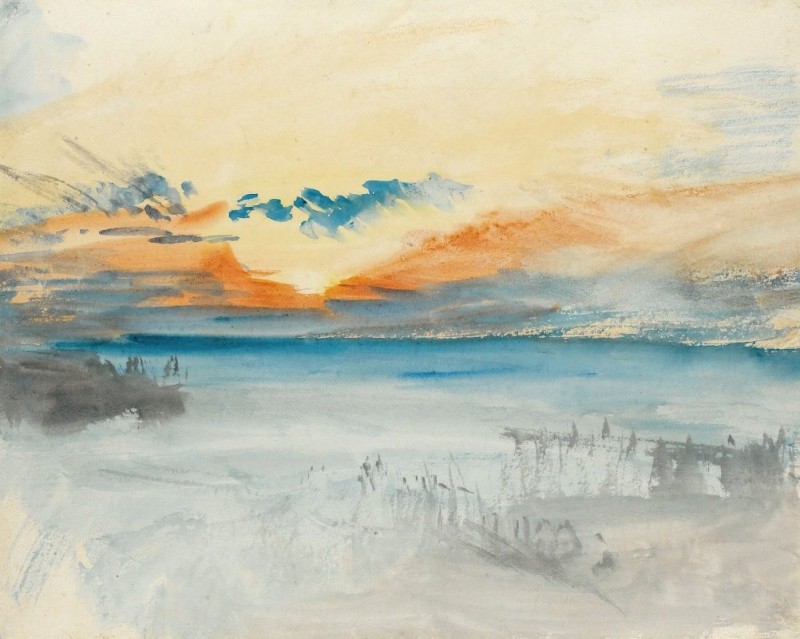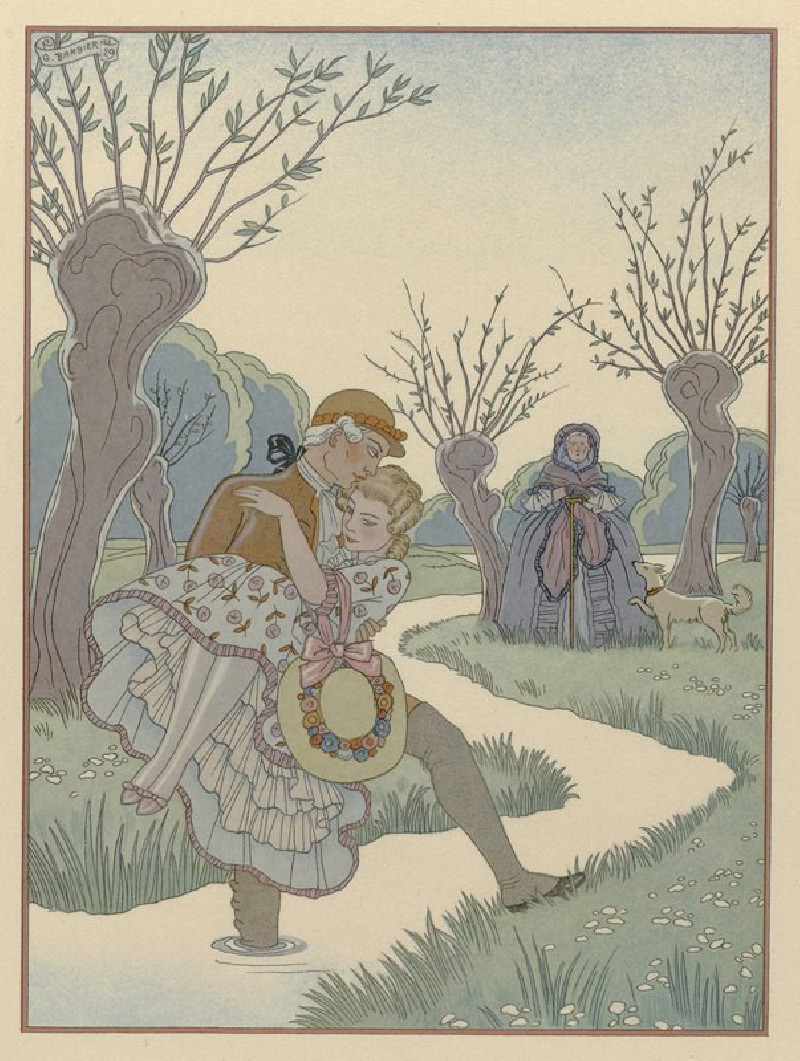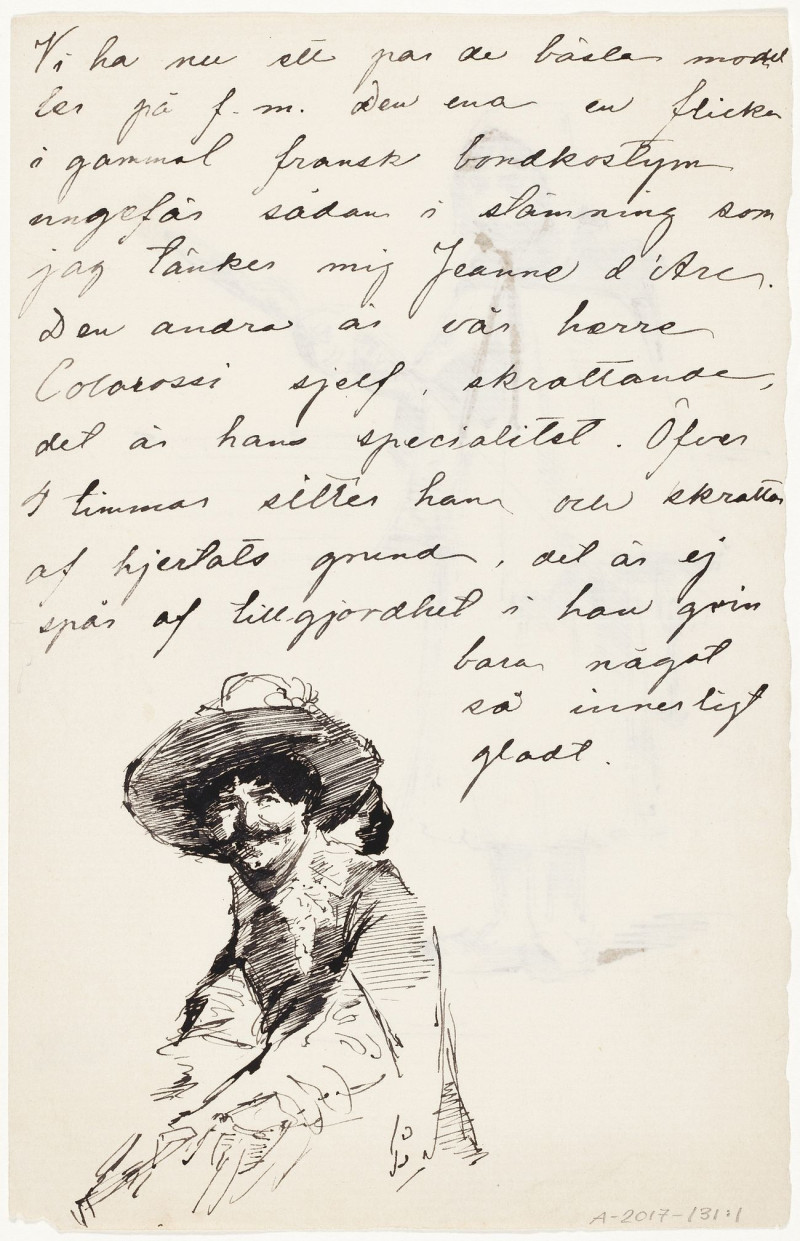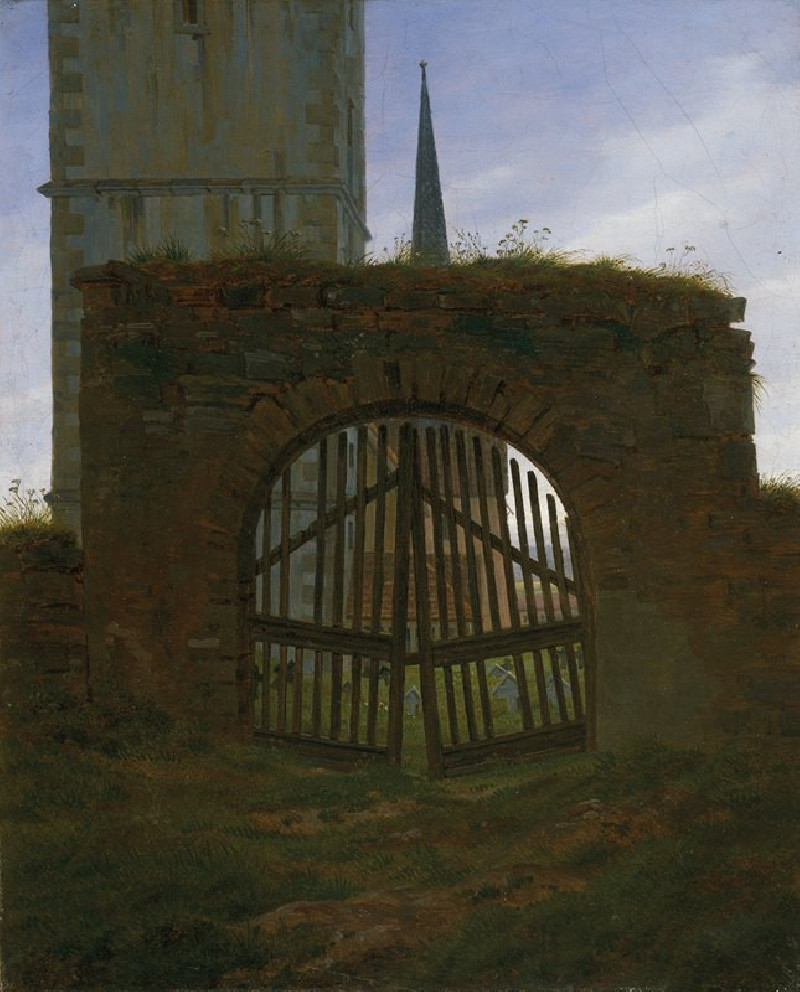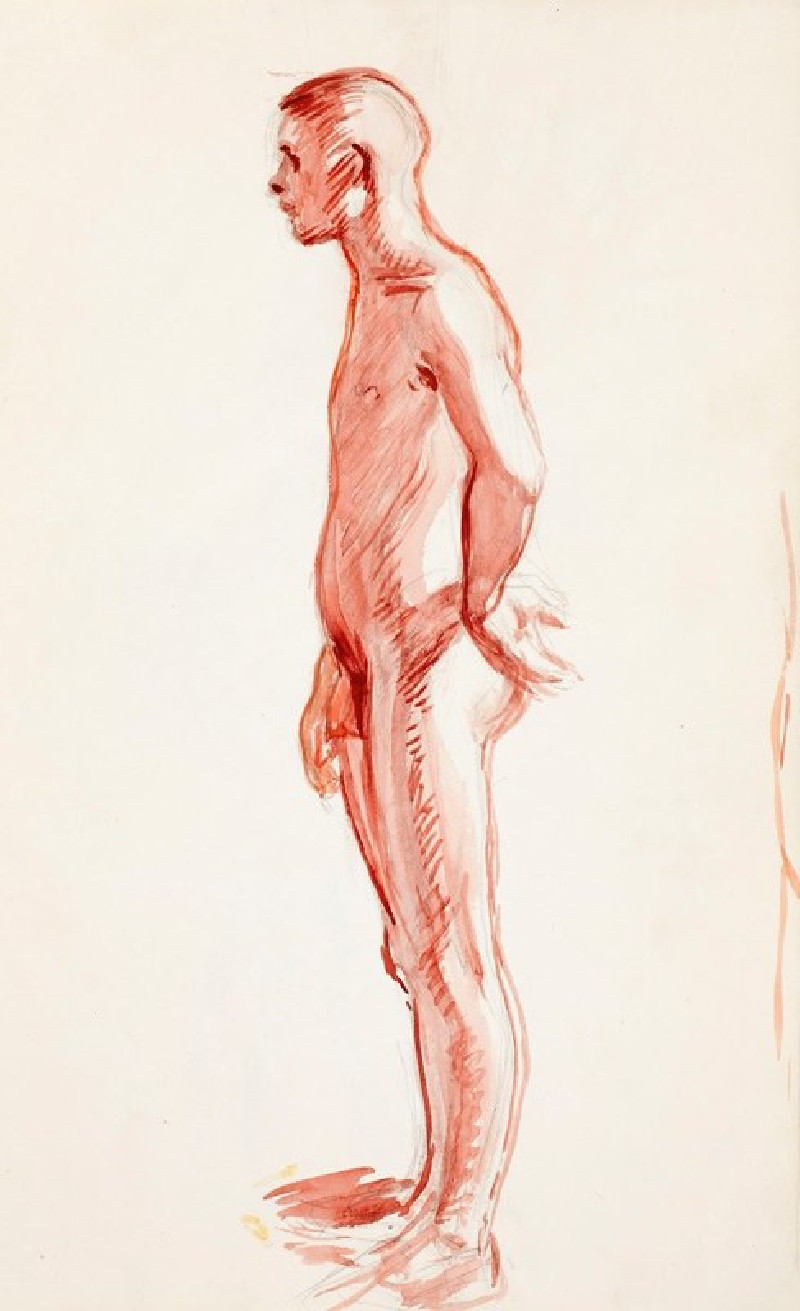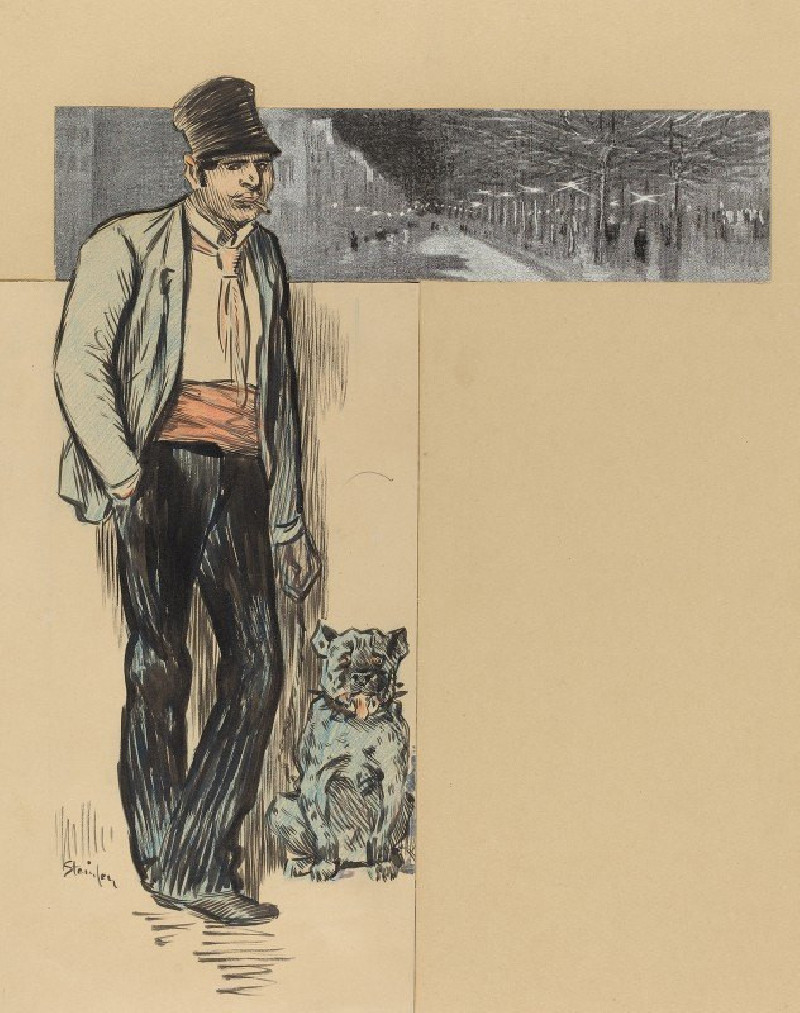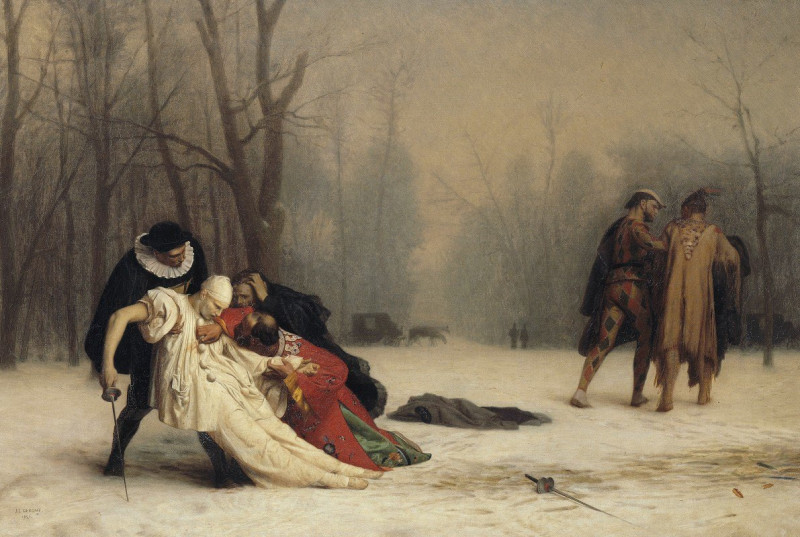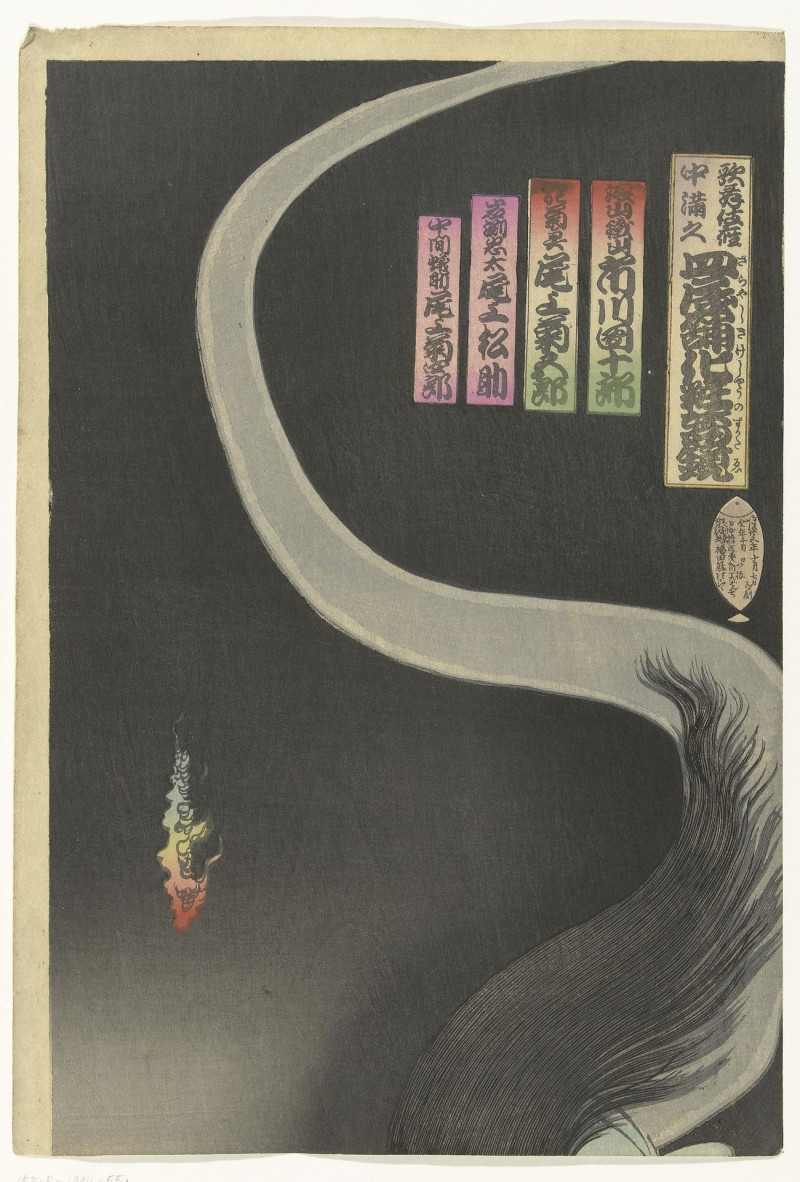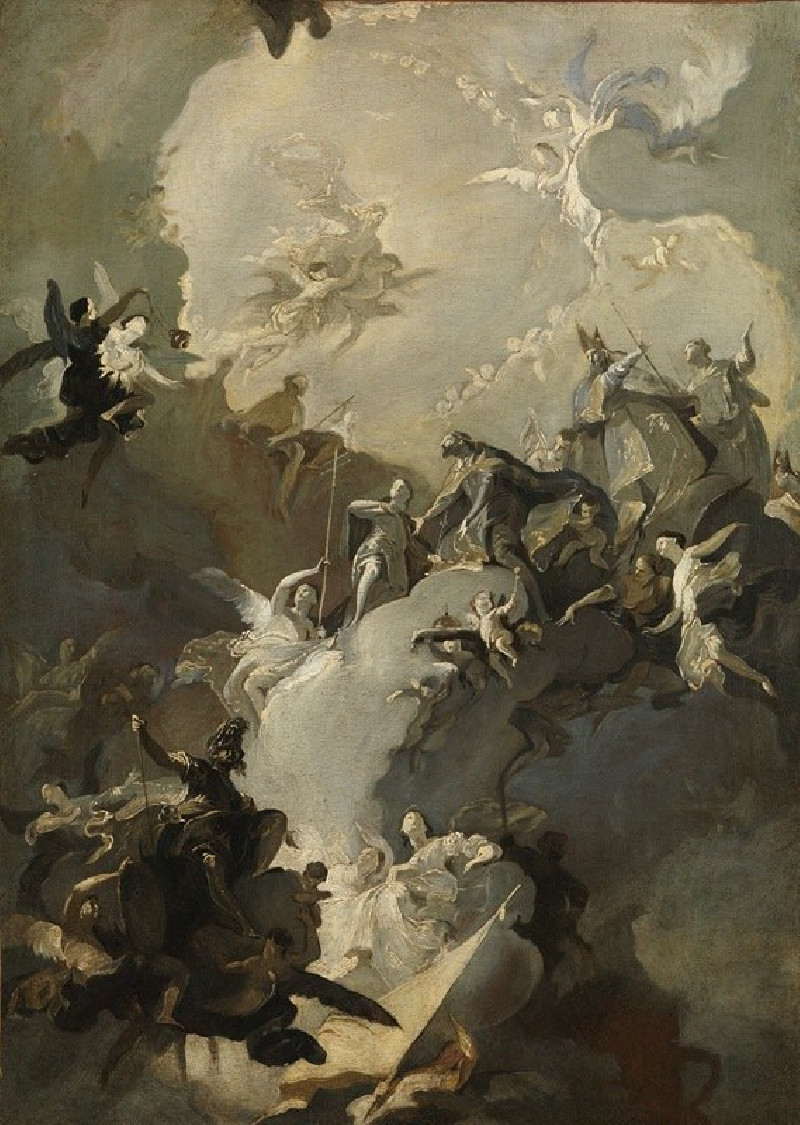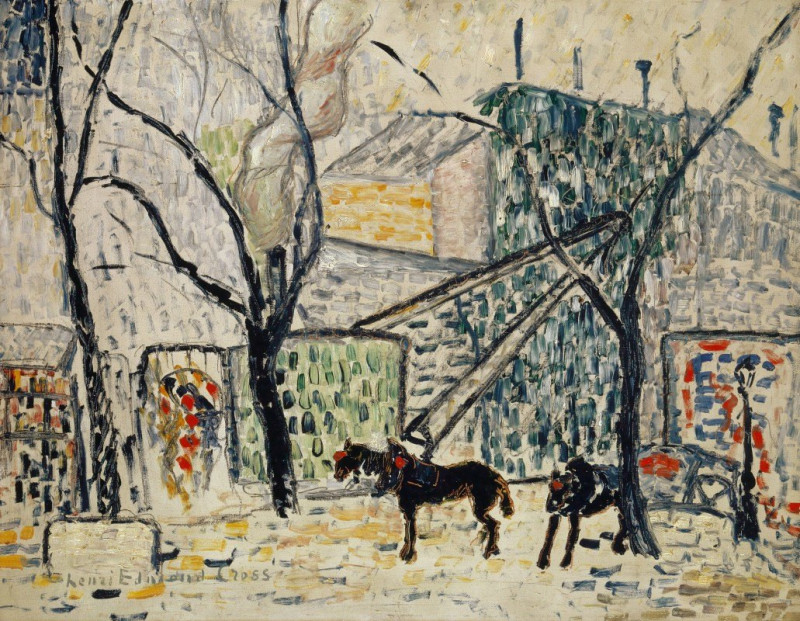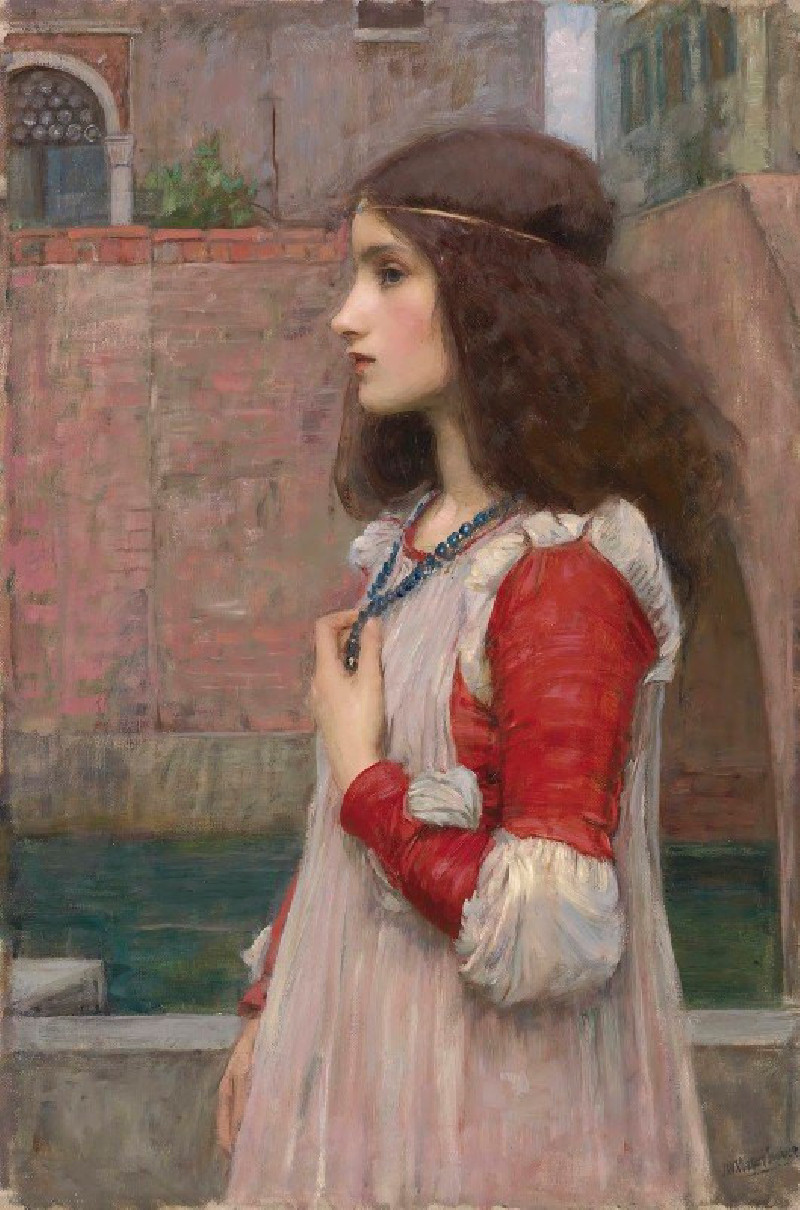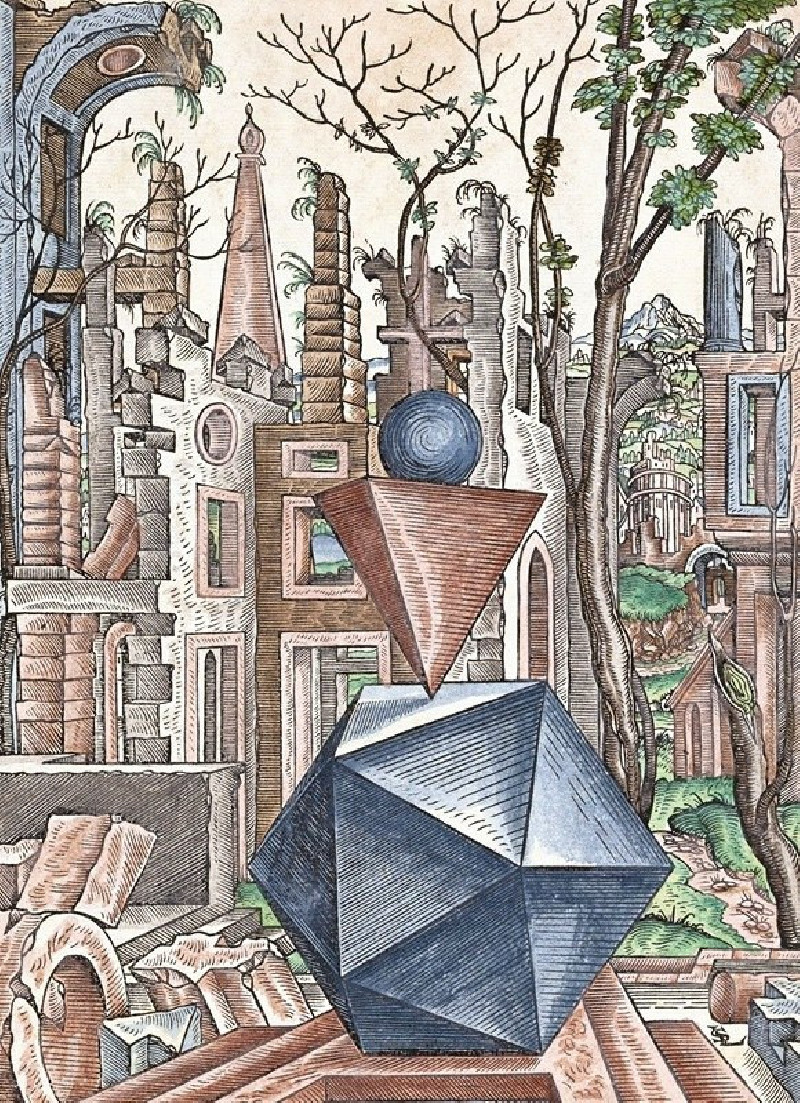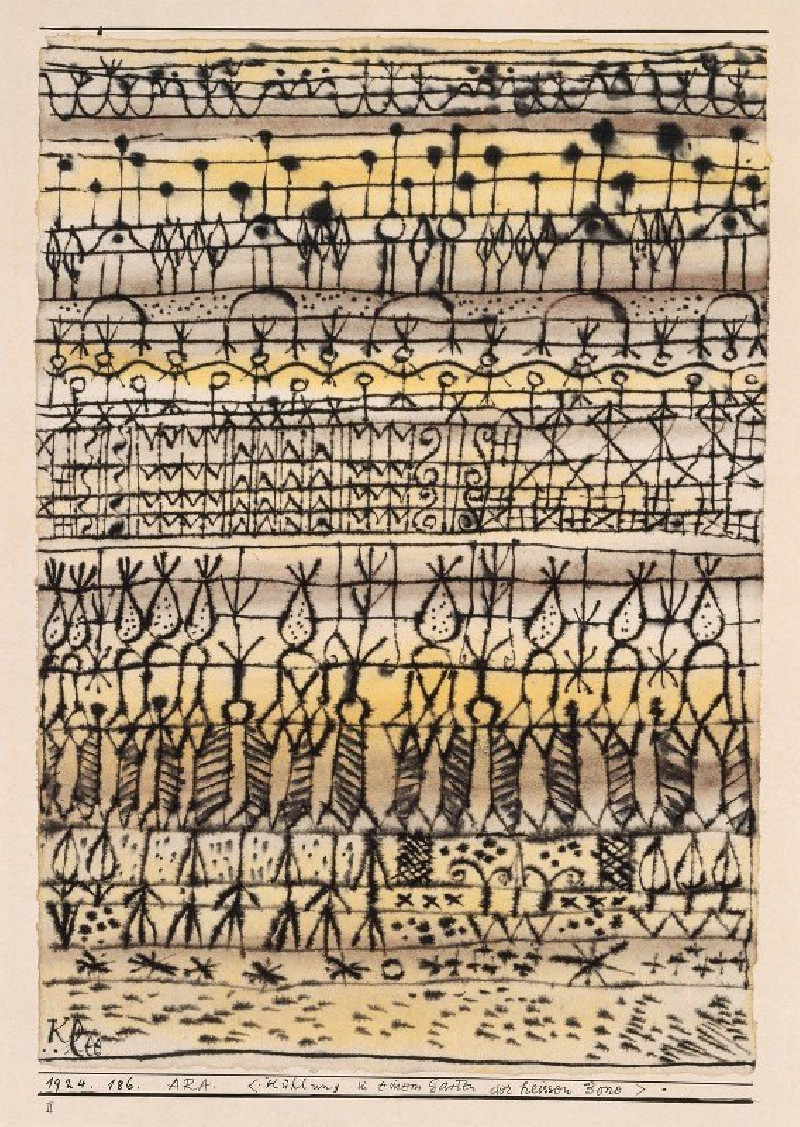Chateau de St. Michael, Bonneville, Savoy (1802 - 1803)
Technique: Giclée quality print
Recommended by our customers
More about this artwork
"Chateau de St. Michael, Bonneville, Savoy" painted by the esteemed English artist Joseph Mallord William Turner during 1802-1803, transports the viewer to a dramatic and captivating landscape that exemplifies Turner's unique style and emotional depth. This remarkable painting showcases the grandeur of the Savoy region through its exquisite depiction of light, shadow, and natural scenery.Turner’s brush captures a rich, panoramic view garnished with a beautiful interplay of cloud, sky, and the rugged terrain of the Alps. The focal point is the medieval Chateau de St. Michael, elegantly perched on the mountainside. The ruins evoke a sense of historical depth and the relentless passage of time. In the foreground, a solitary figure seated on a path, perhaps lost in thought or simply enjoying the serenity of the surroundings, adds a human element to the otherwise wild and untouched landscape.The vibrant contrasts between the lush green valleys and the stark mountainous backdrop reflect Turner's fascination with the sublime aspects of nature — its beauty as well as its overwhelming power. The skies, a significant motif in many of Turner's works, are rendered with swirling clouds that seem to echo the tumultuous emotions stirred by the scene.Visitors to our website are invited to explore this masterpiece and delve into the emotional landscape created by J.M.W. Turner, a pioneer in expressing the raw and magnificent force of nature through the canvas. "Chateau de St.
Delivery
Returns
Joseph Mallord William Turner RA, known in his time as William Turner, was an English Romantic painter, printmaker and watercolourist. He is known for his expressive colourisations, imaginative landscapes and turbulent, often violent marine paintings. He left behind more than 550 oil paintings, 2,000 watercolours, and 30,000 works on paper. He was championed by the leading English art critic John Ruskin from 1840, and is today regarded as having elevated landscape painting to an eminence rivalling history painting.


